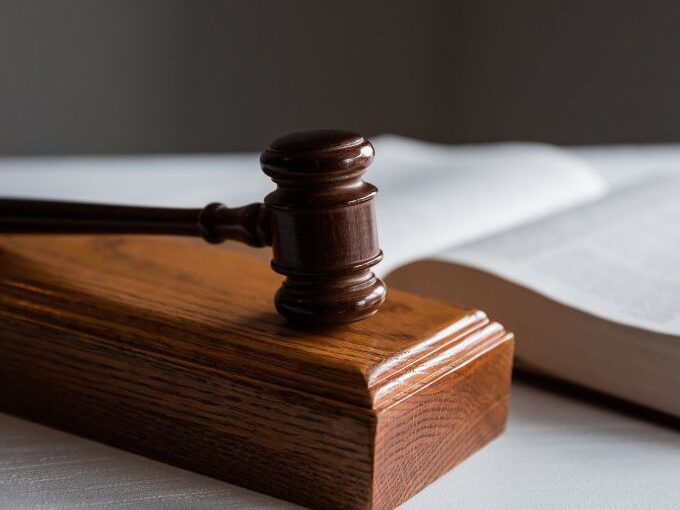For high-net-worth individuals (HNWIs), owning a significant piece of art, or collection, is often more than an investment, it’s a reflection of passion, identity, and legacy. However, as with any high-value asset, proper management, succession planning, and protection of these works is essential.
Appointing a trustee to oversee these assets is a decision which requires careful consideration; choosing the right trustee can make the difference between a well-preserved legacy and a long-term liability.
Each art owner will have different priorities for their assets; however, there are five key considerations that can help guide all individuals in selecting the right trustee to manage and safeguard their art.
1. Seek trustees with proven experience
Art is a unique asset class. It is complex, subjective, highly sensitive to market volatility and regulatory shifts, and may be high-risk due to factors such as provenance and cultural significance. When seeking a trustee, art owners should consider whether the professionals entrusted with safeguarding their assets can demonstrate a comprehensive understanding of, and experience in, successfully overcoming these challenges and mitigating the risks associated with this asset class.
In addition to technical knowledge, trustees must also appreciate the emotional and personal value that art can hold. Unlike more conventional assets, art often carries deep cultural, familial, or historical significance, and decisions about its care, display, or eventual succession must be handled with sensitivity and discretion. An experienced trustee will not only manage the asset’s financial aspects but will also respect the collector’s intentions, values, and long-term vision for the collection.
2. Ensure robust due diligence and record-keeping capabilities
A trustee should never take anything at face value. They should undertake thorough due diligence before accepting art into a trust or alternative wealth structure. This includes verifying provenance, attribution, authenticity, and condition. Documentation must be kept up to date, including photographs, appraisals, and any relevant licences, legal or insurance papers.
A lack of thorough record-keeping may devalue a piece or even expose trustees and beneficiaries to legal claims. Ensuring your trustee is meticulous in this regard will prevent future disputes, support succession planning, will be essential for the exhibition, lease, or sale, and will provide peace of mind to owners.
3. Ask the trustee’s approach to impartiality and conflict mitigation
Regardless of the class of trust assets, trustees have a duty to act in the best interests of all current and future beneficiaries, which requires careful and balanced decision-making, especially where emotional assets like art are concerned. Families may have conflicting views over the sale, loan, or display of pieces through the generations, so it is essential that a trustee is capable of handling sensitive discussions with discretion and objectivity.
Trustees experienced in both art and contentious matters will be well-equipped to maintain a neutral position when navigating family dynamics. Working in partnership with specialist intermediaries, they can offer objective guidance while managing the assets in accordance with the trust deed.
Working with experts, trustees must also ensure compliance with tax laws and estate planning regulations. Owners who engage a trustee that provides cross-border guidance can benefit from a well-rounded and future-proofed approach, mitigating risk at each stage.
4. Evaluate the trustee’s network and resources
From specialised storage providers, insurers, shippers, and restorers to auction houses, galleries, and museums, managing art involves a wide network of specialists – it is never a solo effort. A well-connected trustee will have established relationships with trusted intermediaries across the art world and can engage them as needed, relieving owners of the time, cost, and stress involved in sourcing reliable advisors themselves.
This network is invaluable not only for the practicalities of art management, but also for strategic planning. This may include loaning pieces to museums, handling charitable donations, or managing auctions and private sales.
Trustees who are able to combine their expertise with access to specialist advisors, will enable the effective management of complex and multi-jurisdictional asset classes such as art.
5. Ensure they are aligned with your long-term goals
One of the most important aspects of appointing a trustee, is ensuring alignment on your long-term goals. Whether you plan to keep pieces or collections for future generations, donate them to an institution, or gradually divest, your trustee must understand and support your vision.
Trustees should be equipped to develop a long-term strategy that reflects the owner’s values, mitigates risk, and considers tax and regulatory implications. The trustee should also be able to adapt that plan if circumstances change, such as shifts in family dynamics, laws, or market trends.
A trustee who is willing and able to work closely with beneficiaries will be well placed to ensure that assets are preserved, protected, and passed on in accordance with their wishes.
Conclusion
Choosing a trustee for art – or any other assets – is not just a financial decision, it is often a deeply personal one. By seeking expertise, ensuring diligence, valuing impartiality, leveraging professional networks, and aligning on long-term goals, owners can feel confident that their legacy is in capable hands.











